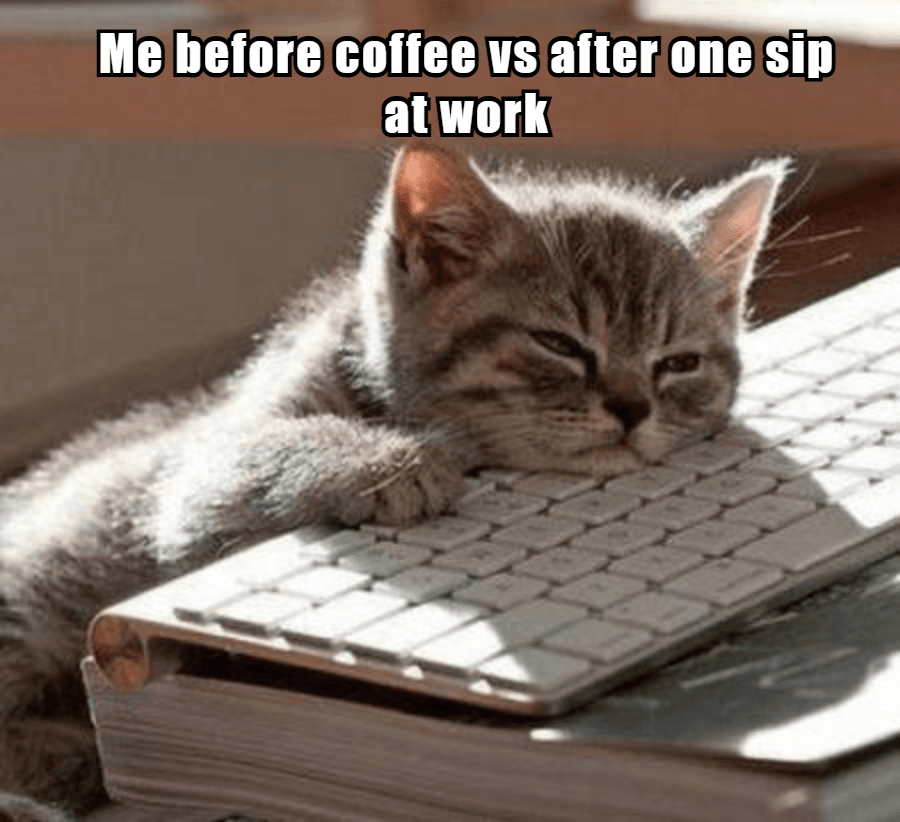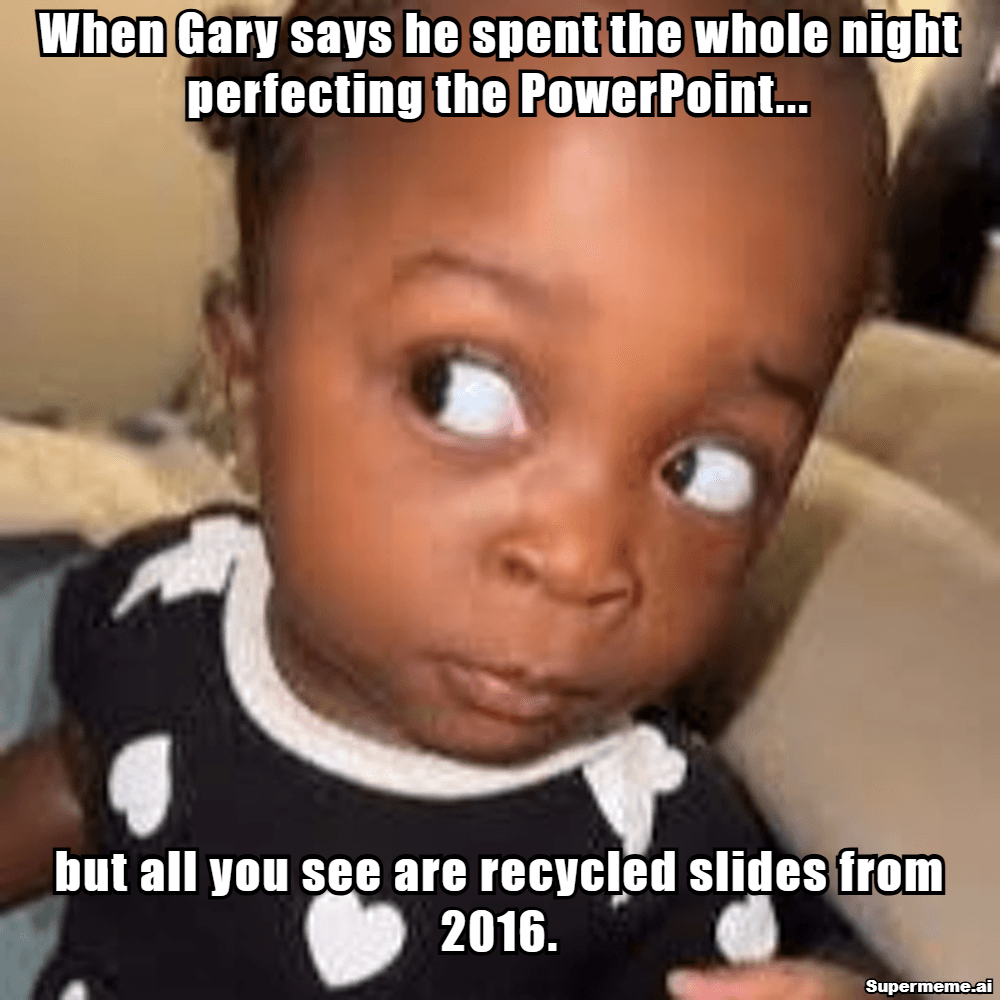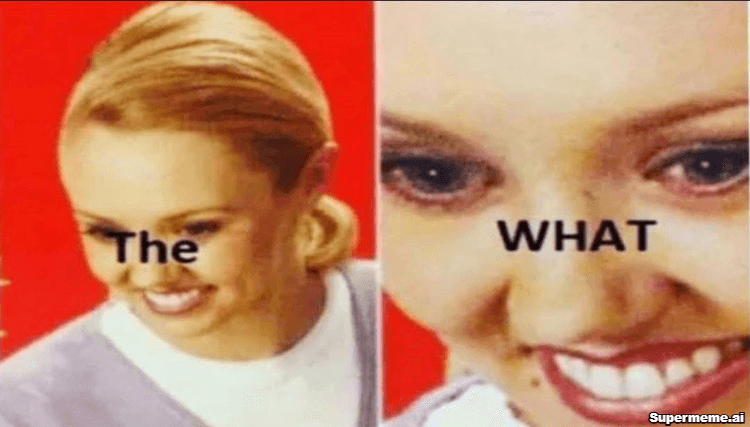
A meme is a piece of media, typically an image, video, or text, that spreads rapidly online, often containing humorous or relatable content.
Memes are usually modified or shared by users across social media, forums, and messaging apps. They reflect cultural trends, internet jokes, or shared emotions, and serve as a powerful way to engage audiences in the digital age.
Common meme formats include captioned images, reaction GIFs, viral challenges, and relatable text posts.
What Is the Word “Meme” Short For?
To find the answer, we need to rewind—not to the early internet—but all the way back to ancient Greece.
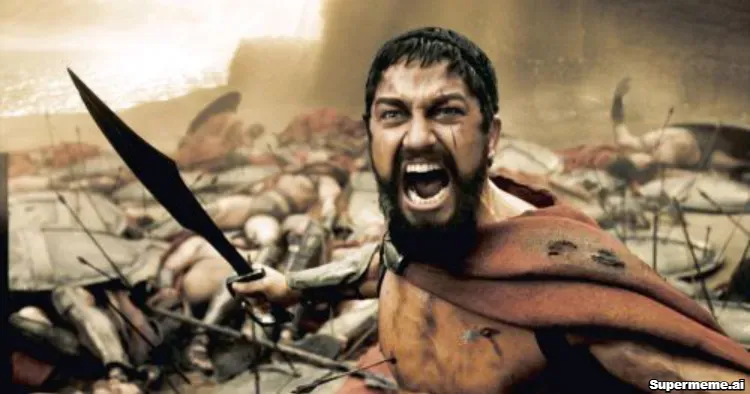
The word meme comes from mimema, which means “something imitated.”
But it didn’t go viral until 1976 when British biologist Richard Dawkins introduced the term in his book The Selfish Gene.
Dawkins coined the meme to sound like a gene on purpose.
Why? Because memes, like genes, compete, evolve, and replicate by jumping from brain to brain. The most successful ones are those best at getting copied and passed on.
According to Dawkins, a meme is simply an idea passed from one person to another within a culture. The ones that spread the fastest? They become dominant—just like the viral trends in your feed today.
So, before memes were LOL-worthy images or TikTok sounds, they were scientific.
And now? They’re cultural currency.
Cool fact: A 1921 cartoon is the first recorded meme. Back then, it was just a comic, but today, we’d definitely call it a meme.
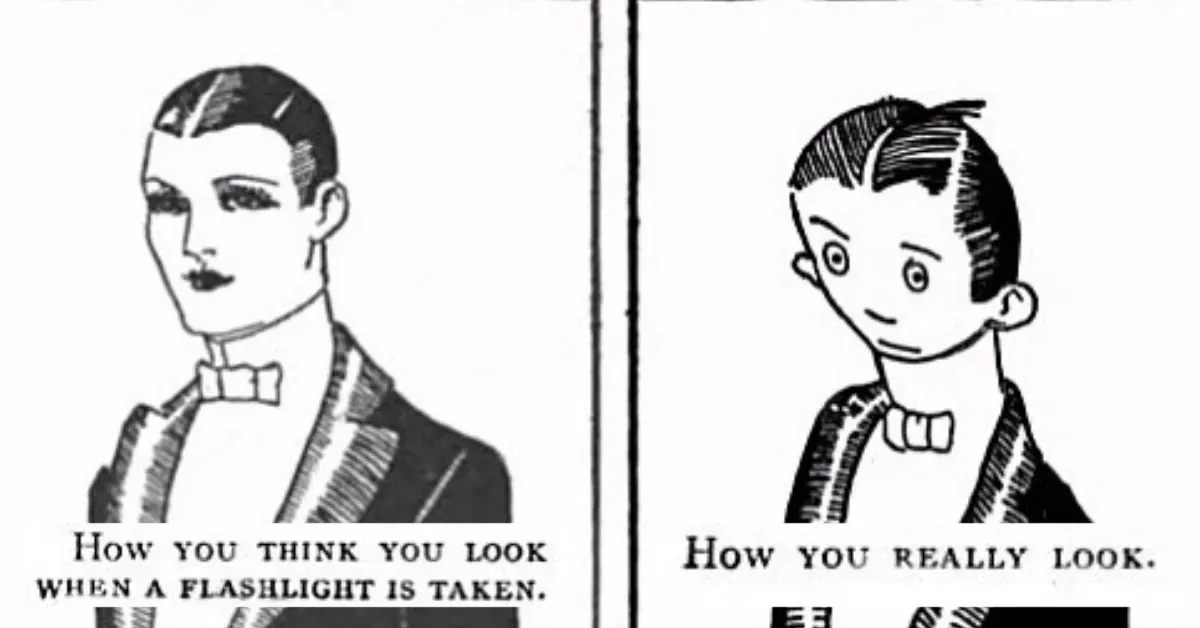
Why Are Memes So Popular on Social Media?
In the early days of social media, platforms like MySpace and the first version of Facebook were widely used.
Your feed only showed posts from your friends, like updates about their lives, vacation photos, or what they ate for lunch.
That’s when memes started to trend and get shared across these platforms.
This new type of content changed everything. Instead of only posting about yourself, you could share an image or phrase that perfectly captured a relatable feeling.
And it worked. Even after 15 years, shared experiences are still one of the best ways to drive engagement.
That’s why memes remain one of the most effective types of content on social media.
Thanks to platforms like TikTok and Instagram, today’s internet focuses more on how relevant a meme is than just how random or funny it is.
Memes are quick to consume, easy to share, and full of emotion, all packed into a single image or punchline.
In a world where attention spans are short, memes provide instant value.
No setup.
No background.
Just connection.
Why Do Memes Help Brands Go Viral?
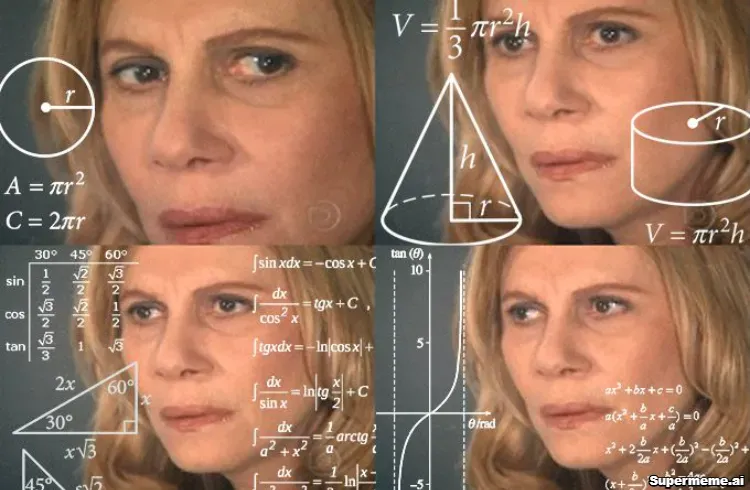
To understand this, you don’t need a marketing degree. Just open your favorite social media app and scroll.
In the past, big brands like Coca-Cola and Ford built their audience entirely through TV commercials and magazine ads.
It worked to some extent, but the internet changed the game.
Memes are fast, funny, and deeply relatable. They speak the language of the internet.
Most importantly, they are easy to share.
In a time where attention is currency, memes help brands stand out.
People don’t just view memes. They tag friends, remix them, and hit share without a second thought.
That’s the magic of meme marketing. One clever meme can take a brand from “just another post” to trending overnight.
But not all memes work.
What Makes a Meme Work for a Brand?
For a meme to work for a brand, it has to feel natural and entertaining, not like a forced ad. It should make people laugh or nod in agreement and feel like something they want to share.
Here’s what the best brands do:
1. They Know Their Audience
They create jokes that their specific audience will understand and enjoy. A meme for teens on TikTok is very different from one for adults on Facebook.
2. They Stay True to Their Brand
The meme fits the brand’s voice. If the brand is known for being funny and bold (like Wendy’s), their memes are too. If it’s known for being helpful, their memes feel supportive and relatable.
3. They Move Fast
Memes can go out of trend quickly. Great brands use memes that are current and relevant today, not last week.
4. The Meme Makes Sense
The joke or message should connect to the brand or the emotions of its audience.
For example, a coffee brand might post a meme about the struggle of waking up on a Monday morning.
Examples of Top Brands Using Memes
Netflix
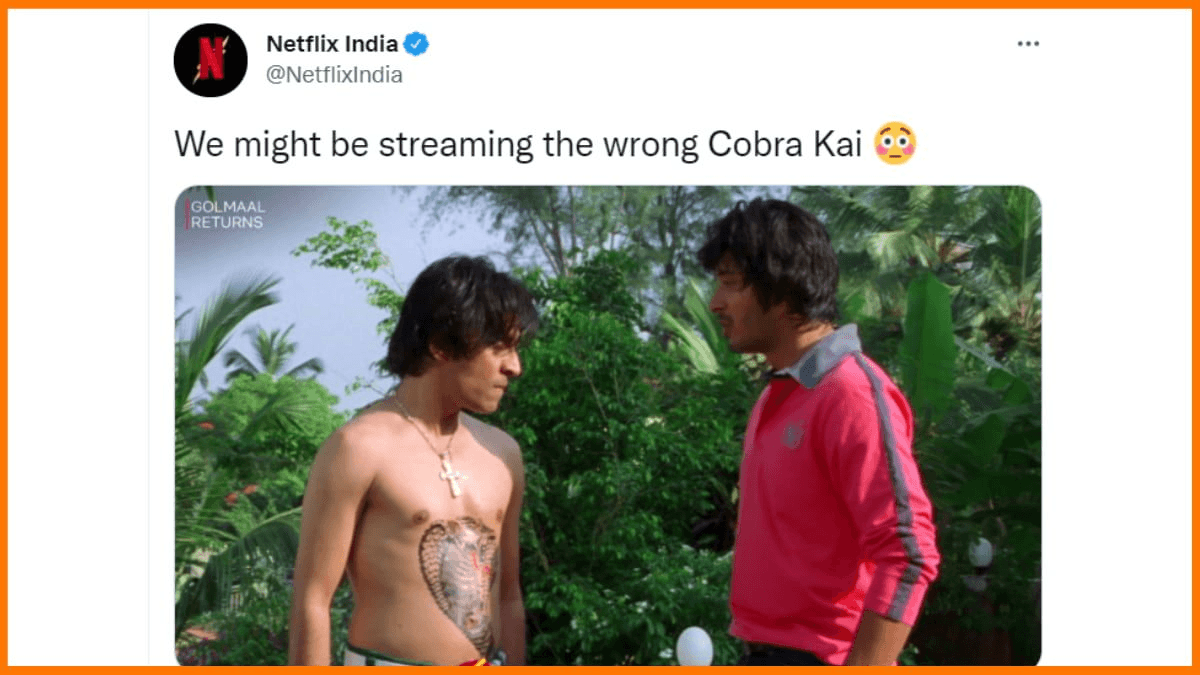
Hotstar
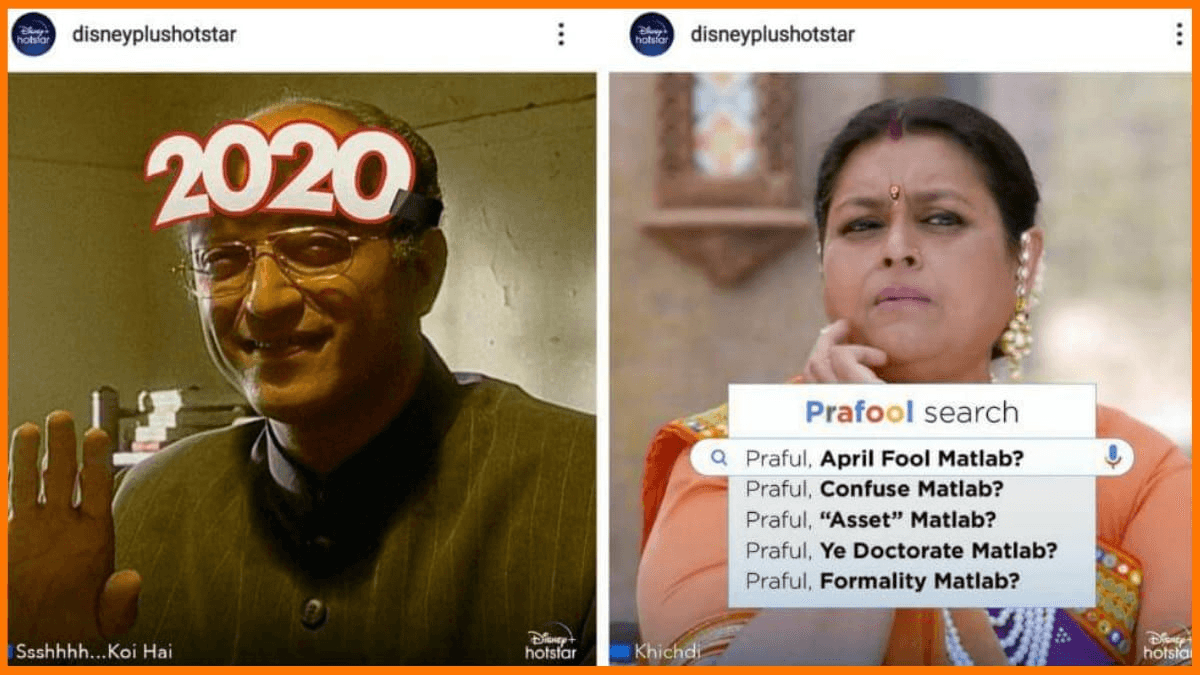
Instantly
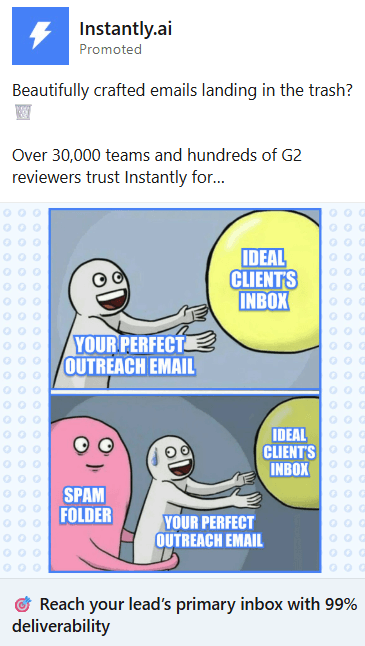
Semrush
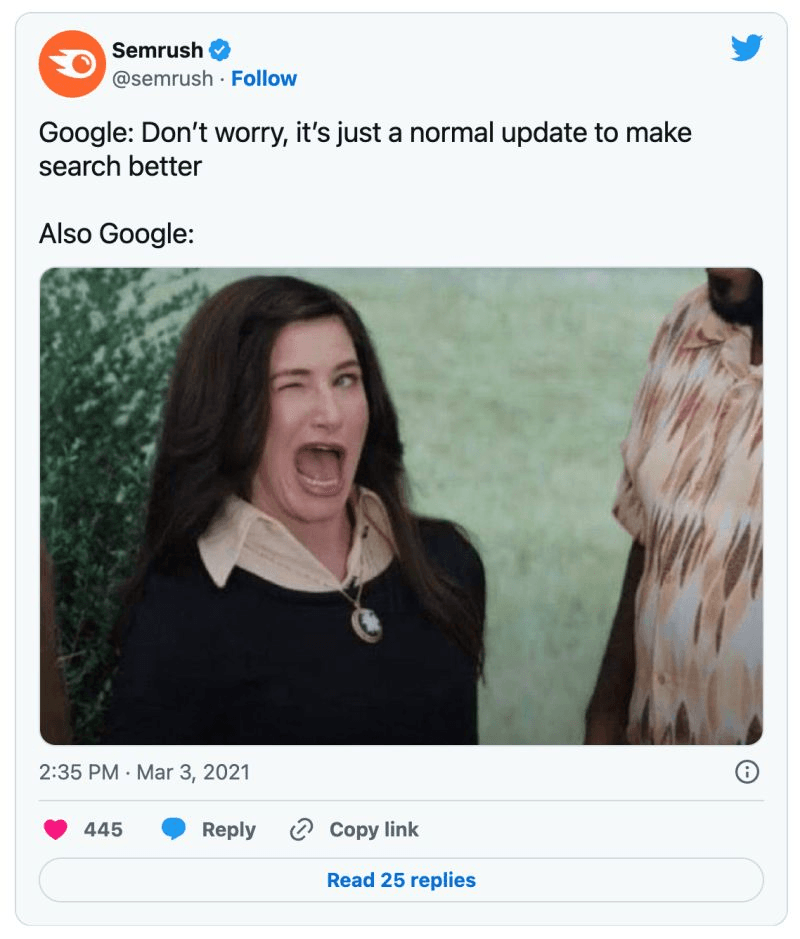
Google Maps
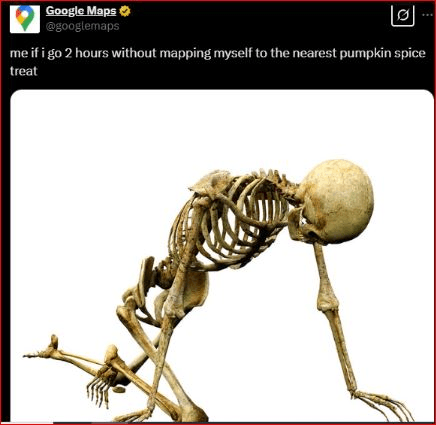
The Beard Club
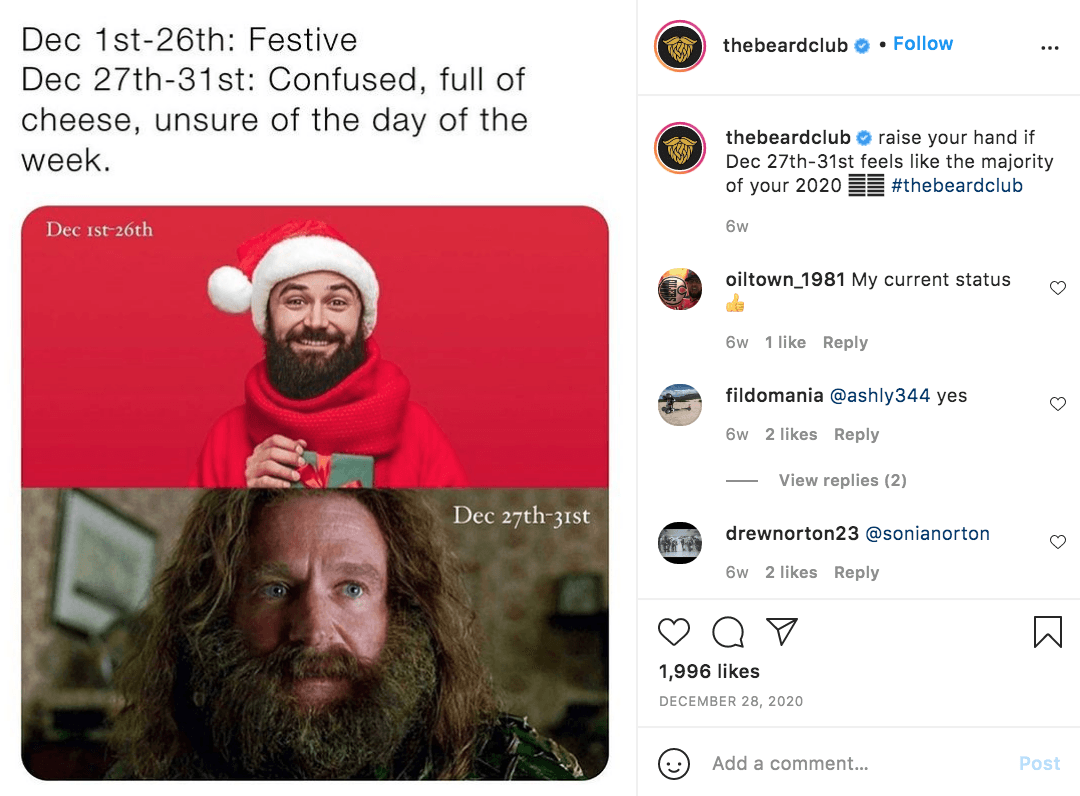
Chipotle
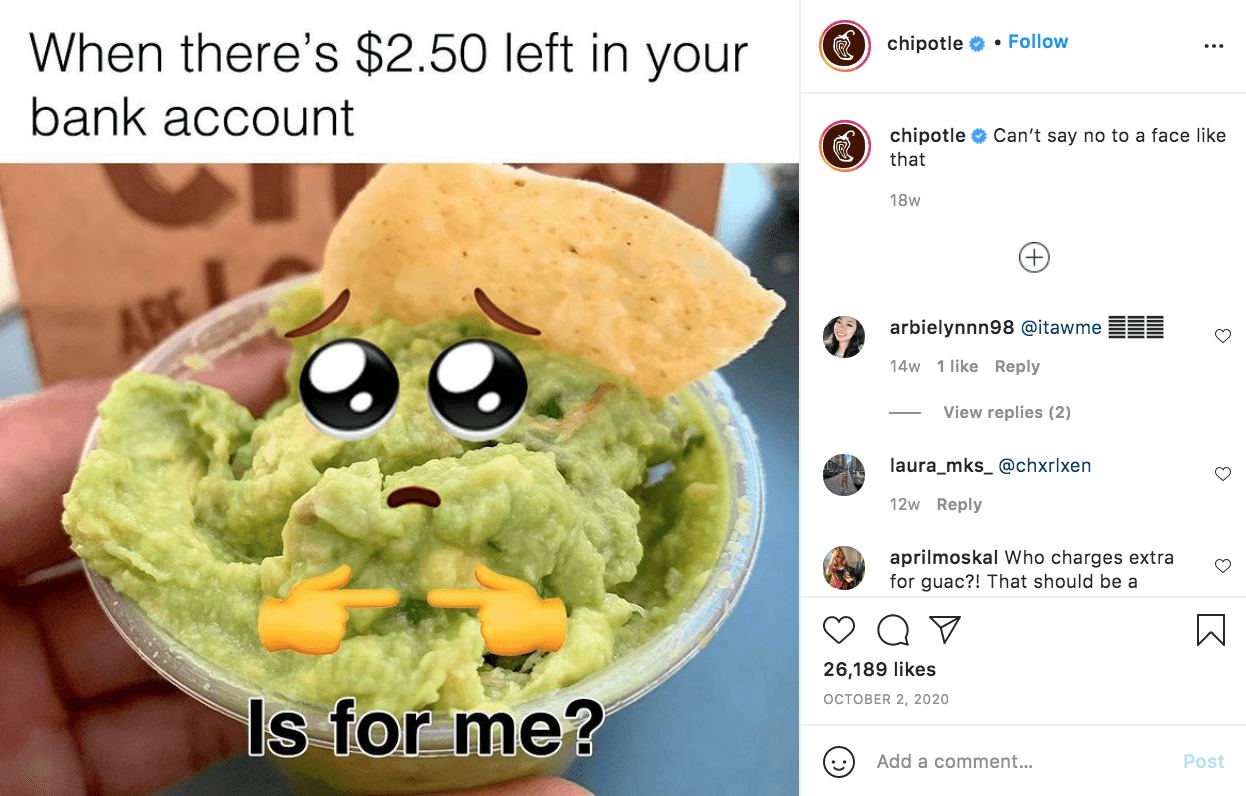
OkCupid
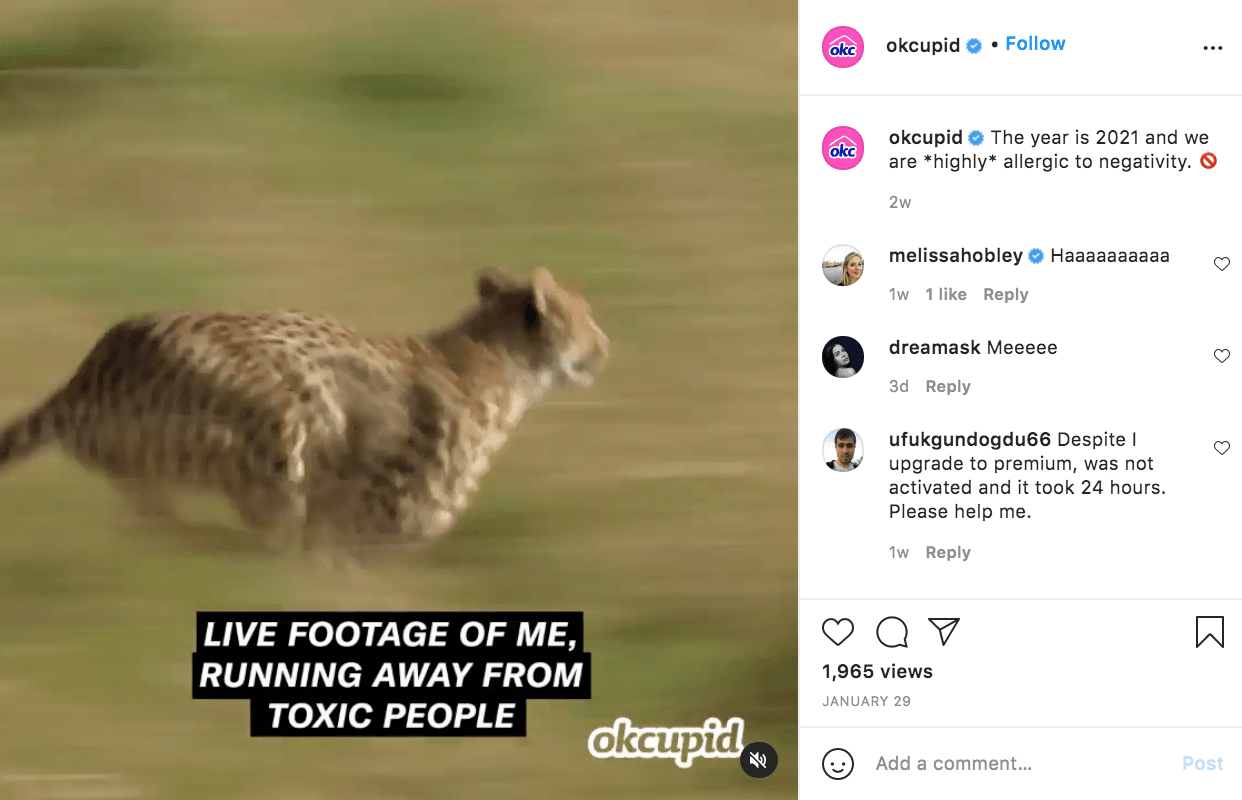
Conclusion
So what’s the takeaway?
Memes are the fastest way to become culturally relevant.
They prove that being relatable is more powerful than having the biggest ad budget.
But keeping up with trends and creating the perfect meme at the right time can be challenging.
What if you could do it without the guesswork?
It’s time to stop just consuming memes and start making them.
Unleash your creativity and build viral content effortlessly with an AI meme generator.
Click here to make your first meme and join the conversation!
